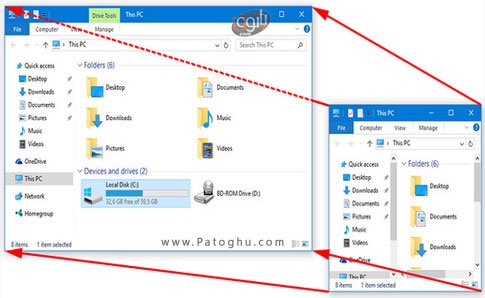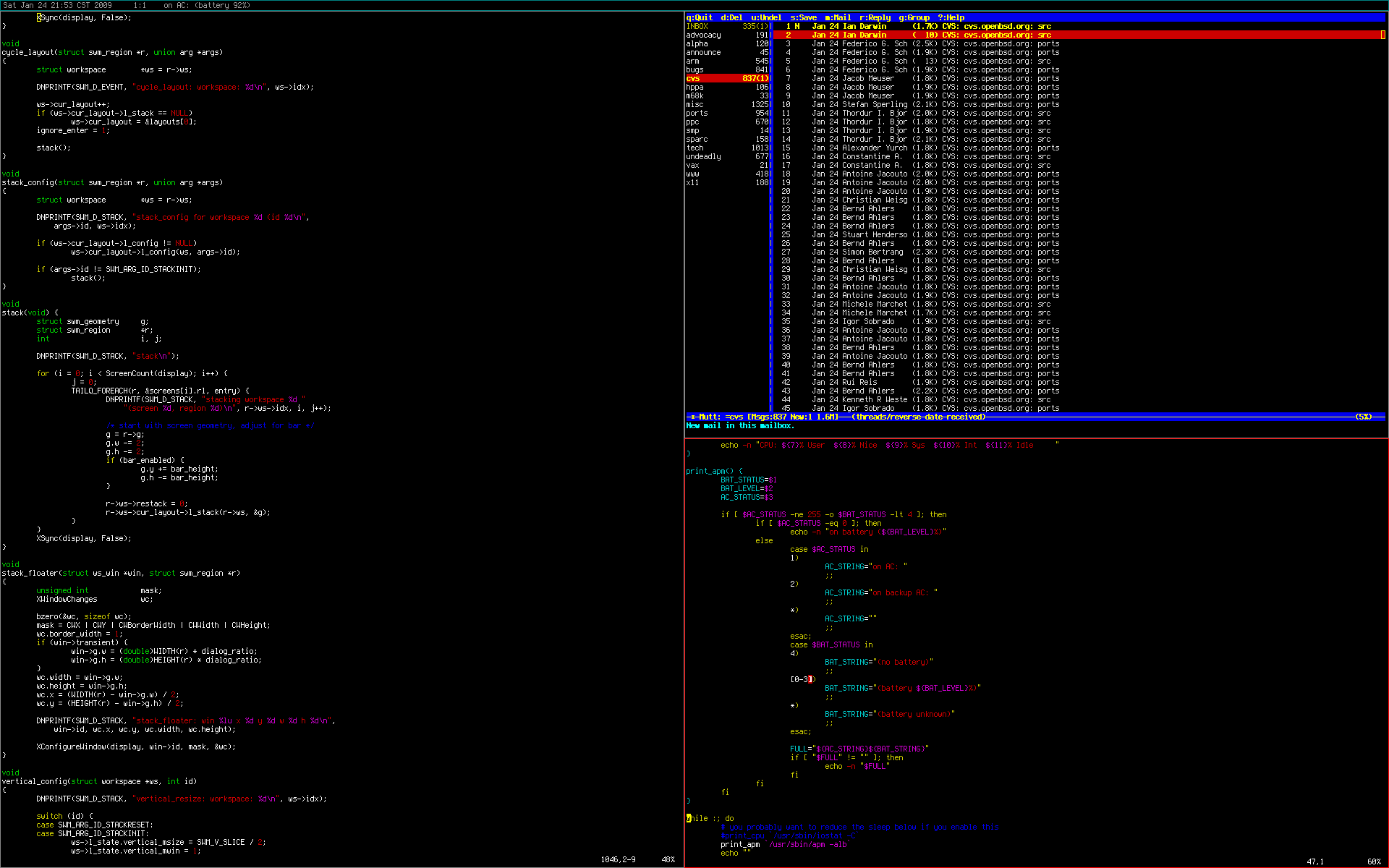

Moreover, TYPE_SYSTEM_ERROR and some few type is deprecated in android api 26. WindowManager windowManager = (WindowManager)getSystemService(WINDOW_SERVICE) įor this to work, you will need to add the following permission to your AndroidManifest.xml įor android api version > 23, _ALERT_WINDOW need to request runtime.

Define the position of the window within the screen Make the underlying application window visible through any transparent parts Display it on top of other application windows, but only for the current user Shrink the window to wrap the content rather than filling the screen For example: WindowManager.LayoutParams p = new WindowManager.LayoutParams( Instead you need to display a window from a background service. If you want to create a floating window that is visible in front of other applications, you can't use an activity because your activity will stop when another app comes to the foreground, and its window will be hidden or destroyed.
Windowmanager review windows#
So normally you don't need to worry about windows - you just create an activity and Android will do the rest for you.īut you need to interact with the WindowManager if you want to do something unusual like create floating windows that don't fill the screen. The default window fills the screen, so that your activity's window hides any other activities - the WindowManager will display whichever window is on top. When you call setContentView on an activity, it attaches that view to the activity's default window. Among other things, it automatically performs window transitions and animations when opening or closing an app or rotating the screen.Įvery activity has a Window that is used to display its content on the screen. Then you can add the system alert view later when you need to use it (you can attach that to some events such as activity's onPause or when the user click something).The Android WindowManager is a system service, which is responsible for managing the z-ordered list of windows, which windows are visible, and how they are laid out on screen. WindowManager.LayoutParams params new WindowManager.LayoutParams (, , PixelFormat. You can just remove the system alert view temporally when you show your chat activity and make that chat bubbles part of the activity's layout to make it looks like the first image above. asked at 14:47 Mohamed Mohamed 379 1 5 12 Add a comment 2 Answers Sorted by: 0 Use this it has worked for me. WindowManager.addView(activityView, dialogParams) View activityView = inflater.inflate(R.layout.activity_layout, null) To achieve what you want you have to add your chat view to window manager the same way you added the chat bubbles instead of using an activity.Įxample:- WindowManager.LayoutParams dialogParams = new WindowManager.LayoutParams( Therefore, you can't make any activity appears on top of that view.

Here is the style in style file I made: view is shown on top of all other applications and activities. Params.y = (int) (height - dpToPx(this,40)) Params.flags = _TURN_SCREEN_ON| _SHOW_WHEN_LOCKED|_KEEP_SCREEN_ON Params.dimAmount = 0f // set it higher if you want to dim behind the window Params.alpha = 1.0f // lower than one makes it more transparent
Windowmanager review code#
This is the code I have for my activity dialog WindowManager.LayoutParams params = getWindow().getAttributes() How can I have an activty overlay like the one used in Facebook Messenger using the WindowManager?įirst widnow manger thats who have chatheads bubble params = new WindowManager.LayoutParams(


 0 kommentar(er)
0 kommentar(er)
